Summary
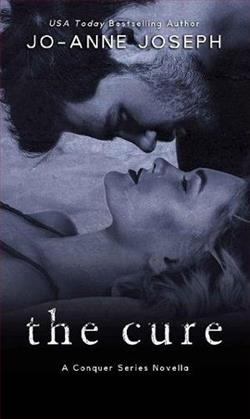
The Cure
by Jo-Anne Joseph
People have wanted to fix me for as long as I could remember. None of them have ever succeeded, because I’m irreparable.
I'm a ticking time bomb. My mind is my greatest enemy, and I lose the battle against it daily.
I never wanted to be normal, until her.
.
Read
The Cure on http://kissnovel.net
Martial Peak Reviews
Jo-Anne Joseph's The Cure is a poignant exploration of mental health, identity, and the quest for connection in a world that often misunderstands and stigmatizes those who struggle with their inner demons. The blurb sets the stage for a gripping narrative, hinting at a protagonist who feels irreparably broken and at war with their own mind. This theme of battling one's own psyche resonates deeply throughout the novel, making it a compelling read for anyone who has ever felt like they are fighting an uphill battle against their thoughts and emotions.
The story centers around a character who perceives themselves as a "ticking time bomb," a metaphor that encapsulates the anxiety and turmoil that accompanies mental illness. Joseph's writing is raw and unflinching, allowing readers to delve into the protagonist's mind and experience the chaos that ensues. The author skillfully portrays the protagonist's internal struggles, making it clear that the journey toward healing is not linear and often fraught with setbacks. This realistic depiction of mental health challenges is one of the book's strongest points, as it avoids romanticizing or oversimplifying the experience.
Character development is a cornerstone of The Cure. The protagonist's evolution is intricately woven into the narrative, showcasing how relationships can serve as both a source of comfort and a catalyst for change. The introduction of "her," a significant figure in the protagonist's life, marks a turning point in the story. Initially, the protagonist is resistant to the idea of wanting to be "normal," but as their relationship with her deepens, the desire for connection and understanding begins to take root. This dynamic is beautifully illustrated, highlighting how love and companionship can inspire individuals to confront their fears and vulnerabilities.
Joseph's portrayal of the protagonist's relationship with "her" is particularly noteworthy. It is not merely a romantic subplot; rather, it serves as a vehicle for the protagonist's self-discovery. The author deftly navigates the complexities of this relationship, showcasing the push and pull of intimacy and the fear of being truly seen. The moments of tenderness are juxtaposed with the protagonist's internal battles, creating a rich tapestry of emotions that readers can relate to on multiple levels.
Another significant theme in The Cure is the societal pressure to conform to a standard of "normalcy." The protagonist's initial reluctance to embrace the idea of being fixed reflects a broader commentary on how society often views mental illness as something to be cured rather than understood. Joseph challenges this notion, suggesting that the journey toward acceptance—both of oneself and of one’s mental health struggles—is a vital part of the healing process. This theme resonates with contemporary discussions around mental health, making the book relevant and thought-provoking.
The narrative is enriched by Joseph's lyrical prose, which captures the nuances of the protagonist's emotions with sensitivity and depth. The use of vivid imagery and metaphor enhances the reading experience, allowing readers to immerse themselves in the protagonist's world. For instance, the "ticking time bomb" metaphor is revisited throughout the book, serving as a powerful reminder of the constant tension between hope and despair that characterizes the protagonist's life.
In terms of pacing, Joseph strikes a balance between introspective moments and plot progression. While some readers may find the slower, more contemplative sections to be a departure from traditional narrative arcs, these moments are essential for building emotional resonance. They allow readers to pause and reflect on the protagonist's journey, fostering a deeper connection to the character's struggles and triumphs.
Comparatively, The Cure can be likened to works by authors such as Matt Haig and Sally Rooney, who also explore themes of mental health and human connection. Haig's Reasons to Stay Alive offers a candid look at depression and the importance of finding joy in life, while Rooney's Normal People delves into the complexities of relationships and the impact of personal struggles on connections with others. Joseph's work stands out in its unique voice and perspective, providing a fresh take on these universal themes.
The overall impact of The Cure is profound. It invites readers to confront their own perceptions of mental health and challenges the stigma surrounding it. By portraying the protagonist's journey with honesty and empathy, Joseph encourages a dialogue about the importance of understanding and supporting those who grapple with mental illness. The book serves as a reminder that healing is not about achieving a state of normalcy but rather about embracing one's authentic self, flaws and all.
In conclusion, Jo-Anne Joseph's The Cure is a powerful and moving exploration of the complexities of mental health, identity, and the human experience. With its rich character development, evocative prose, and thought-provoking themes, it is a must-read for anyone seeking a deeper understanding of the struggles faced by those living with mental illness. The book not only captivates but also inspires, making it a valuable addition to contemporary literature on mental health.




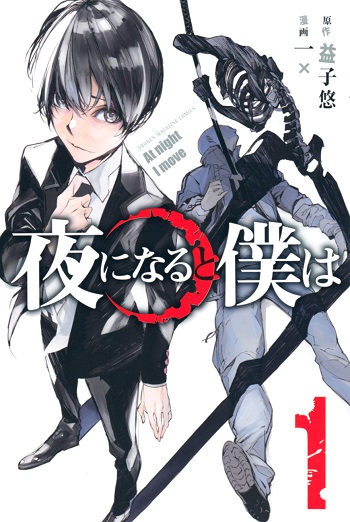

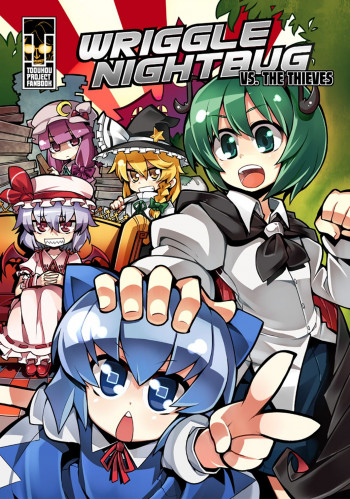



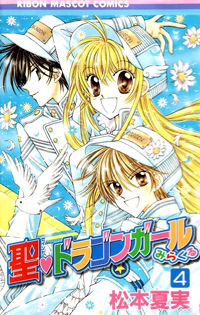
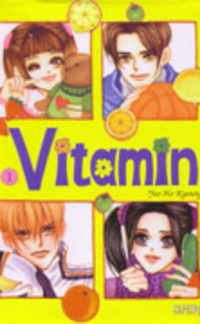












Reviews 0
Post a Reviews: